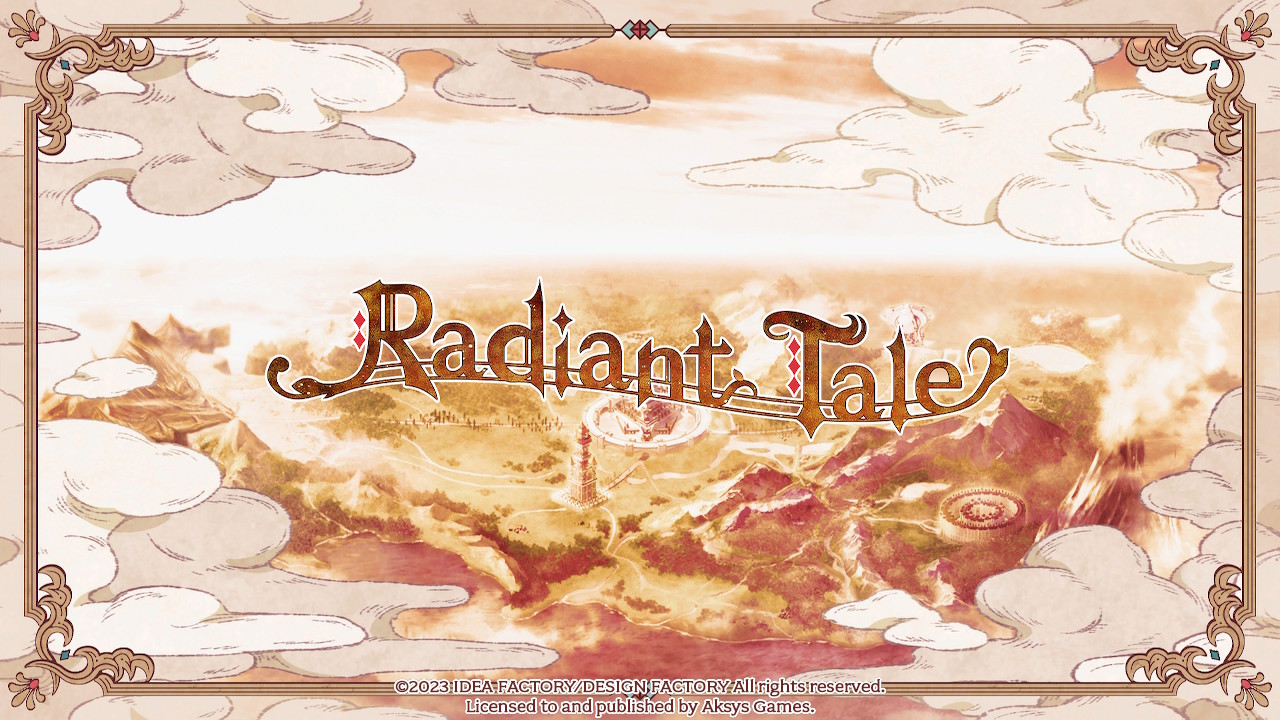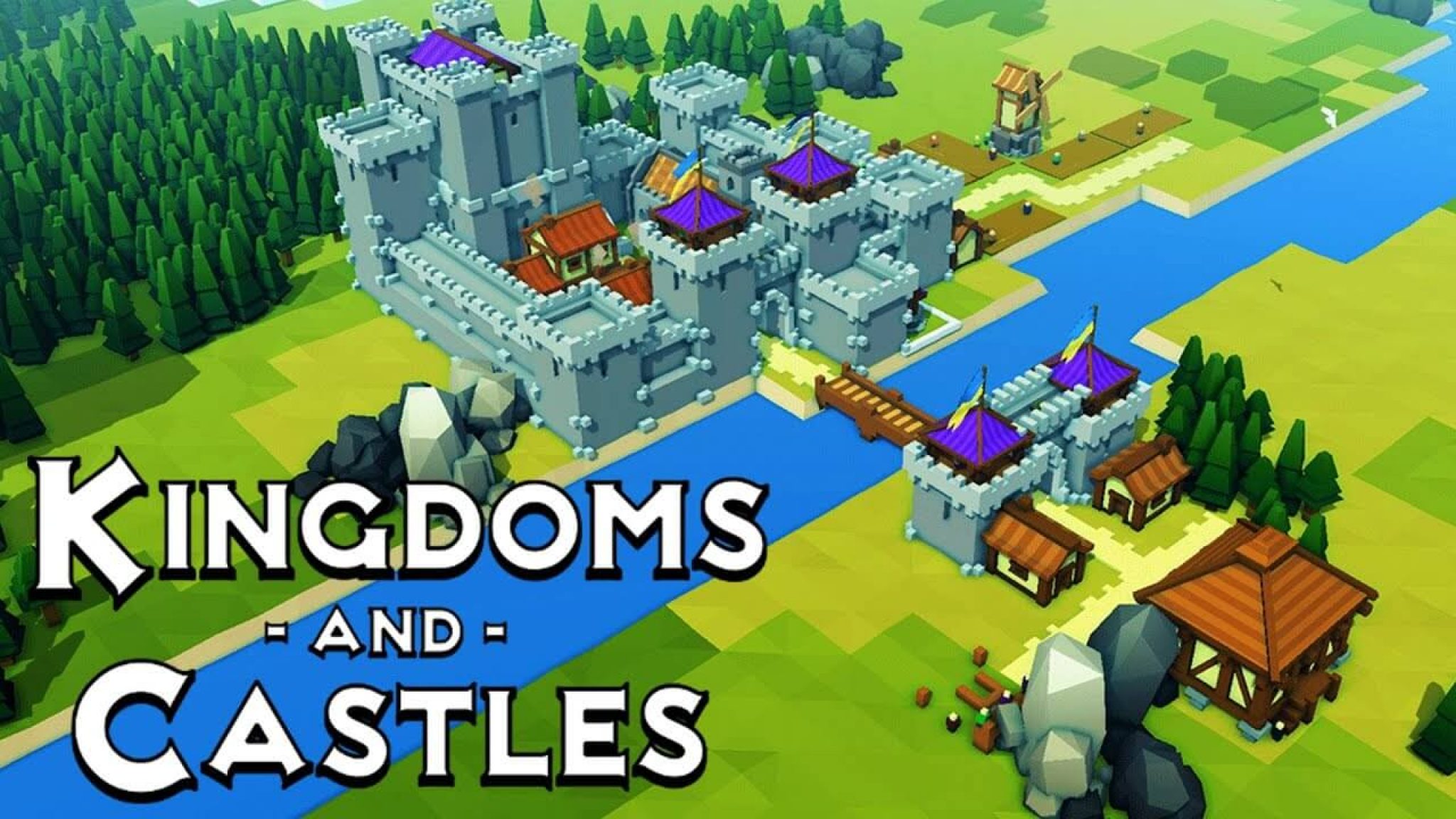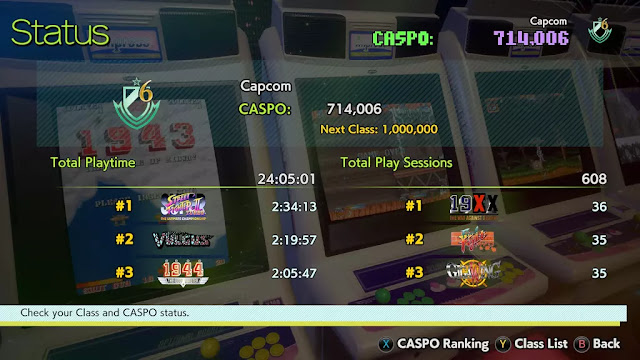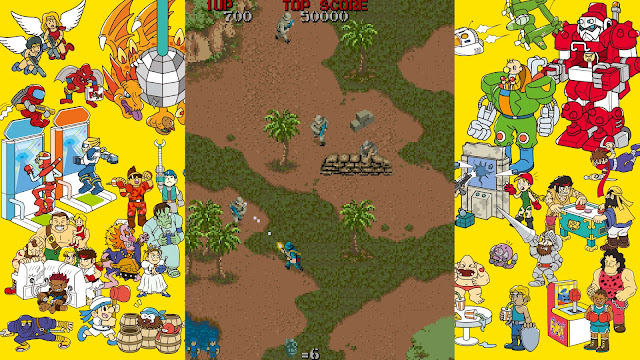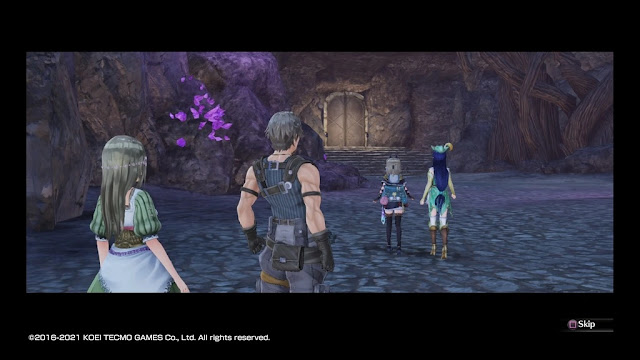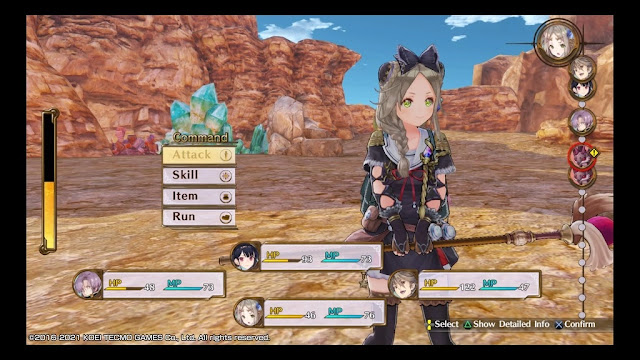Capcom Arcade Stadium by developer and publisher Capcom—Microsoft Xbox One review written by Nick with a copy provided by the publisher.
Capcom Arcade Stadium is an interesting compilation – both in terms of the games and how the product is structured. Is this a great collection of older games? Absolutely. Are the other bells and whistles included in the framework pretty cool? I would have to say yes to that as well.
To start with what this is – think of Capcom Arcade Stadium as a hub of sorts. You can download this title for free, and it comes with one game so you can see how it all works. The included game is 1943: The Battle of Midway – which is a smart choice. This is a classic vertical shooter that still holds up pretty well today. It also gives you an idea of how the games themselves are treated.
There are quite a few features within the framework. You can play with the visuals in a variety of ways such as rounding the corners like you are playing on an old school CRT screen, or pushing the image to full screen, or keeping it narrowed with wallpaper on the sides. Many of the games have both English and Japanese ROMS, and you can toggle between the ones that have both. Also, some of the nicer quality of life options we’ve seen in collections like this over the last few years surface here as well: save states, rewind, daily scores, time challenges and more. Those people who want the hardcore experience of dropping in quarters every time you die (and these are arcade games – they were designed to swallow your quarters by the dozen, so you will die a lot) can muscle through it like the good old days, and others who prefer to experience later levels and see what all a game has to offer can accomplish this as well.
One new system in place here is called CAPSO. It is a sort of overarching scoring system where each of the lesser games and scores feed into this greater score. Most of these games were not designed to be beaten, layered with deep narrative and progression options. These are action titles where the objectives were usually more about getting high scores – and CAPSO plays right in that mindset. The system also keys into unlockable cosmetic items for those who like to have some carrots dangled in front of them.
Most of these titles were ones I played heavily when I was younger. In particular the 80’s through the mid-90’s were my jam, and many of these titles were frequently played by me. But there are some titles in here I have never played or possibly even heard of before – and that is awesome to see as well. That being said, the collection of games does feel like it is missing some notable games as well. Fan favorites like Street Fighter II, Legendary Wings and Bionic Commando are fantastic, but I was a bit surprised at the lack of Darkstalkers, Dungeons & Dragons: Shadow of Mystara and Black Tiger to name a few. However, the way the package is structured, it would be easy for them to add more games – similar to how Zen Studios adds pinball tables to its collection.
This is evidenced in how Capcom Arcade Stadium is actually purchased. While you can get the hub software and 1493 for free, there are 31 other games to be played. There are a trio of ten game packages themed around different time periods. I will list them out here:
● Capcom Arcade Stadium Pack 1: Dawn of the Arcade (’84 – ’88)
○ VULGUS
○ PIRATE SHIP HIGEMARU
○ 1942
○ COMMANDO
○ SECTION Z
○ Tatakai no Banka
○ LEGENDARY WINGS
○ BIONIC COMMANDO
○ FORGOTTEN WORLDS
○ Ghouls 'n Ghosts
● Capcom Arcade Stadium Pack 2:Arcade Revolution (’89 – ’92)
○ STRIDER
○ DYNASTY WARS
○ FINAL FIGHT
○ 1941 - Counter Attack -
○ Senjo no OkamiⅡ
○ MEGA TWINS
○ CARRIER AIR WING
○ STREET FIGHTER II - The World Warrior -
○ CAPTAIN COMMANDO
○ VARTH - Operation Thunderstorm -
● Capcom Arcade Stadium Pack 3:Arcade Evolution (’92 – ’01)
○ WARRIORS OF FATE
○ STREET FIGHTER II' - Hyper Fighting -
○ SUPER STREET FIGHTER II TURBO
○ Powered Gear - Strategic Variant Armor Equipment -
○ CYBERBOTS - FULLMETAL MADNESS -
○ 19XX - The War Against Destiny -
○ Battle Circuit
○ Giga Wing
○ 1944 - The Loop Master -
○ Progear
There is also a bit of wiggle room to purchase some things separately (like Ghosts ‘n Goblins as a standalone title, or invisibility that allows you essentially play through a game much more easily and on a single life (yeah, that one is a little weird to me personally). Given this structure, there is certainly room for Capcom to add more titles down the road should they choose to. As a consumer of the games, I found the selection to be pretty diverse. There is a certain amount of repetition (the 1941, 1942, 1944 and 19XX titles are pretty similar, and you get three flavors of Street Fight II in this collection of 32 games as well. It is especially noticeable in the third pack where you get 2 each of 19—and Street Fighter II). In terms of the types of games you are looking at overall, the theme is action. Again, these are arcade classics, so you have fighters, brawlers and shooters as the genres heavily represented here.
The good news is that many of these games, like 1943, hold up pretty well even today. Obviously some better than others, but if you’re looking to scratch an action itch? There’s lots of options here to choose from.
Summary
Capcom Arcade Stadium is a large collection of action games that shooter, beat-‘em-up and fighting fans are bound to enjoy. The emulation is solid and the various features that are part of the wrapper help to pull the entire package together. Quibbles include some similar titles that add repetition to the library and perhaps the way that the packages are purchased – but they are the most minor of concerns compared to what is an overall excellent collection.
Score: 8 / 10





